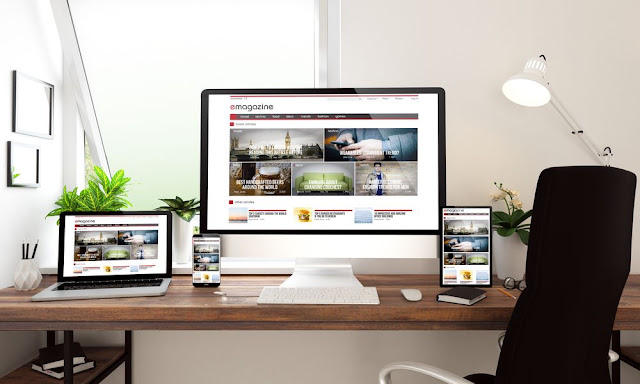How to Make a Website
How To Make A Website Responsive
Two Tips For Better Responsiveness
In learning how to make a website responsive, you will need to master a few simple steps. The most important ones are setting up layout and colors. These are the building blocks of responsive web design. Next, you will need to determine your image dimensions. This will include dimensions for all your images, as well as your download limit for pictures. Set your image size to the largest possible size.
How to Make a Website Responsive (Text Version) In responsive design, each web page is broken down into separate zones. Zones allow your site to be responsive to the screen size of the user. To do this, first set up the layout of your website in rows. This means that your web pages are laid out from left to right and top to bottom in order to keep the design uniform throughout.
If you want your website to be viewed correctly on smaller monitors, use a grid layout instead of a regular grid. This keeps your content uniform, maintains readability, and makes responsive web design easy. Finally, make sure your content fits your website's background. For example, if you have a picture in your background, it will not look like a stretch mark if it is in the center of the background.
Setting up column widths How to make a website responsive is relatively easy. Most importantly, remember to center columns. This ensures that all users will see the same, centered content, regardless of which browser they are viewing your site in. You can do this by using background images that are proportioned to the width of the column, or you can center each column on its own background image.
Web design tips: Web Designers often refer to responsive images as W3C "web-based" images. The term "web-based" actually refers to how the page will be viewed across all browsers. To make your website responsive, you must give each browser access to the same style properties for the page and then set the same style rules for each browser as well.
Your first responsive design tip is to center your website on a single page. There are several reasons for this. First, it will make navigation easier. Second, if you center your site on a single page, it will be easier to get the user to the products and features you want them to see. Finally, if you do not center your site, users will be encouraged to scroll horizontally.
Responsive Web Design is necessary to get the best user experience out of any web design. Users often have certain expectations when they visit a website. If you do not provide the user with a clear navigation path from one page to the next, they will leave quickly and look for other things. If you have good clear navigation links and the pages are easy to navigate, then you will have a better user experience and more customers will come back.
Your second web design tip is to center your content around one central idea or concept. Instead of having your website responsive, it should be more like a magazine layout where the features are the headlines and the content is all found below them. Make your headline the topic of discussion, and then include related information, tips, news, and videos below the topic. This will keep your readers interested in what you have to say, and they will not need to scroll down to find what they were searching for. With this type of website responsive design, you will draw more visitors.
If You Want to Know More About Web Design Visit Here What is Website Design




Thank you for providing this use full information on Website Designing
ReplyDelete